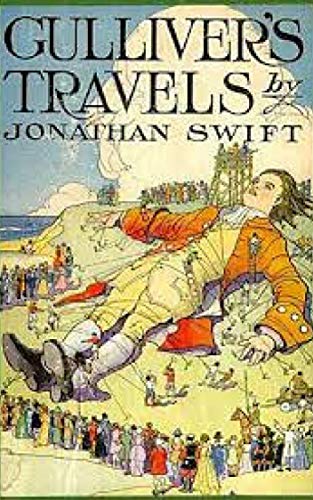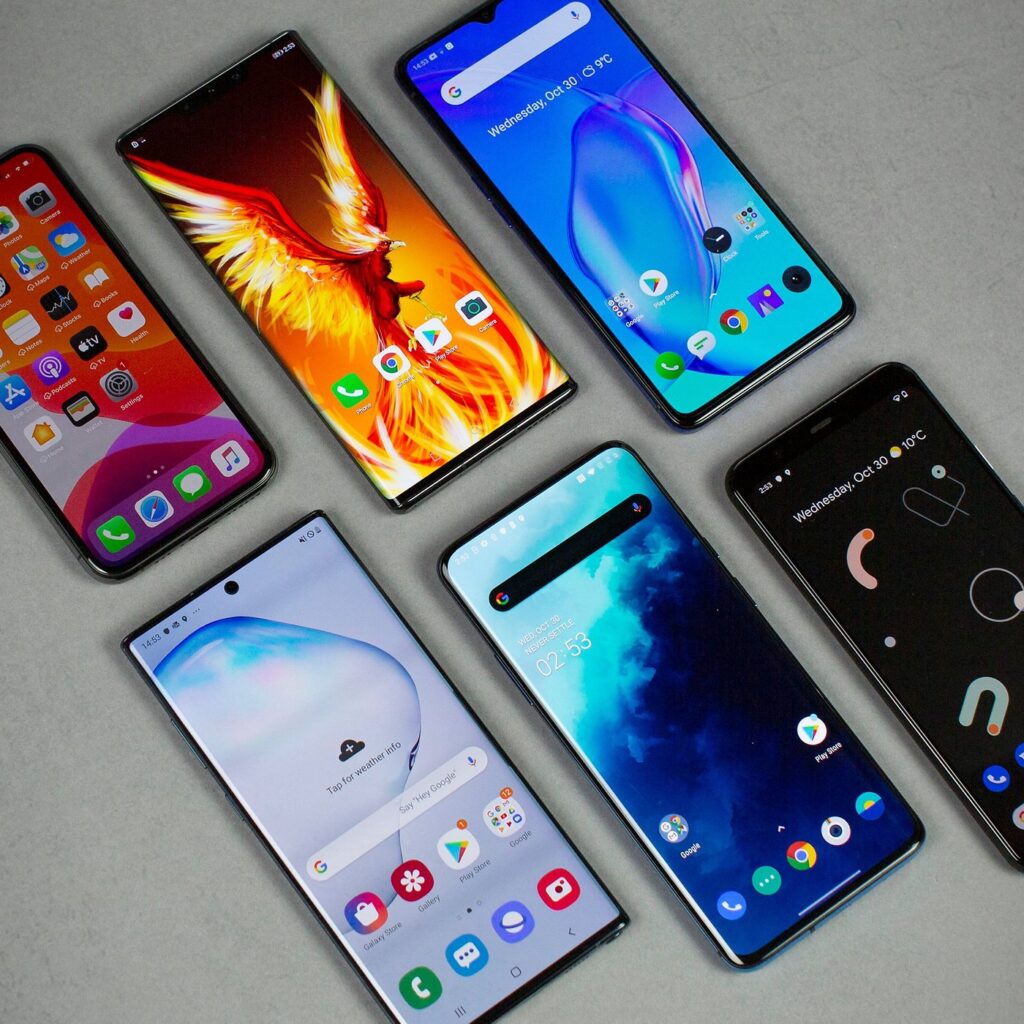One of my favorite and most memorable books is Gulliver’s Travels by Jonathan Swift. The book portrays the lives and travails of the Lilliputians, a mythical group of tiny people. A STRULDBRUG is an old and decrepit Lilliputian who keeps getting older and older but never dies!

By the time you finish reading this post, I am sure that I will fit your STRULDBRUG definition. My post today is relevant to more than Minneapolis and its residents – to everyone in the United States and even most of the world. It is about my carefully considered opinions and conclusions (and perhaps a few exaggerations) about the evolution of COMMUNICATION during my lifetime – 92 years.
I decided to write this blog when I recently received a phone call from half way around the world. My daughter Sarah was in Riga, Latvia to watch her son Chet, my grandson, lead his USA team to the World Championships for 19 year old basketball players. I marveled at the basketball team and almost as much about the phone call and the quality of the television coverage. Thus, this Communication post.
In the Beginning
If possible, the custom of sending messages using a blanket, sending signals over an open fire, was before my time. I’m sure, the absence of wind or the wind blowing in the wrong direction made that method of communication problematic!
I’ll start this communication blog with the Pencil.
The most desirable pencil was, and is, the #2 (if my memory is correct – made by the Eberhard Faber Co.) Any number higher than #2 meant the pencil was too hard to make an impression without the lead breaking. A hand operated pencil sharpener was needed often in order to keep #2 sharp enough to allow continued use. Every #2 pencil included a rubber eraser at its other end. The eraser served the writer as the delete button operates presently. However, erasers wore out quickly if the writer made numerous mistakes or the eraser soon became hard and unusable if mistakes were seldom made.
Pen and Ink

Soon a bottle of ink became widely available and a pen or quill to transfer the ink to paper. A blotter was necessary to dry or remove any excess ink. Next the Fountain Pen was introduced – a device that held enough ink to allow the ink bottle to be kept elsewhere – elsewhere was such an inconvenient place that the writer sometimes continued the document with a pencil.
The pencil or the pen could be used for printing or cursive writing (cursive no longer being taught) – assuming the writer knew either or both.
The Ball Point Pen was next to appear.
With a seemingly endless supply of “ink” – Ball points always stopped functioning at the most critical moments and became part of the throw away mentality. Oh well, just find another ball point pen! Ball points have survived and are still in use.
There was a small group of people (usually women), who trained as “stenographers” and were able to rapidly take dictation. They then could magically transform the “hieroglyphics” into a finished and rational document.
Typewriter
Next, the Typewriter became popular (the Royal was my favorite) with some people; it’s advantage was speed and legibility – and, for a patient few, copies of the original document could be produced by the use of Carbon paper – guaranteed to produce ink like stains on all hands! A fluid, whiteout, was available to cover up mistakes or else the document could be retyped.
Using the Pencil, Pen and Typewriter
- We could create “snail mail” letters or invoices for our friends and relatives and customers. Letter postage cost three cents!
- Air Mail required the letter to be clearly designated AIR MAIL, and additional postage.
- Special delivery – For even more postage, the letter could be delivered to the recipient by a real live person.
- Postcards could also be sent – a postcard stamp cost one cent.
- Zip codes came much later – Without a zip code or If the zip code was incorrect – the letter was sent to oblivion, even if the address was correct.
- Special (important) messages could be sent locally, and more often nationally and delivered to the recipient in the form of a telegram – by a company called Western Union – even money could be sent to the eagerly waiting recipient.
- Copying capabilities – guaranteed to generate frustration and profanity
- Carbon paper – a wannabe piece of paper inserted between two immaculate pieces of paper was supposed to copy the original message but most likely to produce two “smudged” copies and an ink like substance on the hands, nose, and ears of the person responsible for the copy. The Mimeograph machine was to be a successor to carbon paper – and it succeeded in making a bigger mess, and faster.
- The Fax machine could send messages from a phone number of the sender – through the air waves to a phone number of the recipient, and the message was printed out on special paper whereby the message disappeared almost instantaneously. This quirk was eliminated on more recent fax machines.
Telephone
So far this blog post has focused on the written word and the tools needed to express them. The telephone gave an opportunity for the callers to exchange ideas from a distance.
I remember that one of my first exposures to the telephone was to a device attached to the wall – a device that rang often because it was a “party line” with quite a number of members. Privacy on a party line was not possible as most of the other members listened to all calls – whether or not they were the party calling or being called.
Next I remember a vertical speaker about 12 inches tall attached by a long cord to a receiver that was manually held to the ear by the person talking on the phone. Similar to new car models every year, the design of phones were updated and made more efficient – with a circular dialing system. Six digit numbers and area codes did not exist yet. Four digit numbers were attached to prefixes such as Locust, Gladstone, Hyland, Colfax – all for local calls. If the phone line was “busy” – in use by others – a message could not be provided for the intended recipient.
Long distance calls were another matter. The called had to dial (0) and enlist an operator to place the call. Long distance calls were expensive and charged by the minutes spoken, the time of day (late night was least expensive) and the distance of the call. Most of the calls initiated by my family were placed around 9PM and lasted only a few minutes. Actually, the charges could be reversed (the recipient paying for the call) if the operator received the recipients permission.
Thick and heavy phone books were distributed annually with listings of every phone number user. A separate Yellow Pages book listed all business numbers. These books were also used for unrelated purposes such as senseless scribbling or as a youngster “high chair.” Phone books are almost obsolete now.
Before iPhones and Computers became popular, Newspapers received widespread readership; some people even subscribed to a morning AND evening paper. Some papers projected a blue hue while others were clearly reddish. All of them , however, featured Dick Tracy, Jack Armstrong – The All American Boy, and Popeye and Olive Oyl. Newspapers cost only a few cents. Those who subscribed to the newspaper were visited regularly by the “Paper Boy” who diligently collected the few dollars owed for the delivered papers. Readership of newspapers has declined (due to widespread TV and mobile phone usage), resulting in mergers and closures of many newspaper publishers.
Radio
Then, there was, and is the Radio – the principal mode of entertainment and information gathering for most homeowners before the advent of television. Everyone had favorite stations and favorite programs. Edward R. Murrow and H.V. Kaltenborn spoke of their views of the news. Jack Benny and Fred Allen kept everybody laughing . The Shadow Knows was a popular weekly mystery. Sporting events were all described – probably the best known was by Halsey Hall on WCCO radio – who erupted with a “Holy Cow” with every touchdown or home run! In those days we had no expectation of seeing sporting events or news as they happened. That explains the excitement of seeing the short news and sports clips at the movie theaters before the main feature was shown.
Speaking of radio in Minneapolis, I would be remiss without stressing the dominance of WCCO radio in Minneapolis and in the entire upper Midwest. in addition to Halsey Hall in sports, the gravelly voice of Cedric Adams with the 10PM news was a tradition in many households. Other notable WCCO programs were Clellan Card, Boone & Erickson, and Steve Cannon with his cast of characters including Morgan Mundane and Ma Linger.
My most vivid memories of events reported on radio were the events that precipitated World War II – Pearl Harbor and the unexpected Armistice Day Blizzard and the scary “End of the World” put on by Orson Welles.
Television
Following World War II, the primitive Black and White television came on the scene. Only four channels were available – At first, remotes did not exist and TV reception was mediocre at best. Most people added “rabbit ears” antennae. Gradually, TV improvements were available. An instant ON feature was added – causing many fires (my home on Fremont was totally gutted by a TV fire). Additional channels and Color TV soon followed – our lifestyles were forever changed as TV programs were refined and larger TV screens became common. TV allowed us to see everything almost before it happened – people became glued to their television sets; many were so fascinated by the “tube” that they practically retired from their active lives – trading it for becoming a passive bystander.
The next improvement in our quality of life has been the age of the computer/tablet/smart phone – number 1 through number 27 (I’ve lost track of the number of updated phones and the cost of each)
- Now we have a GPS system to guarantee we will never again be lost
- Now we have Google – to allow us to know everything by pushing a button – even though this knowledge disappears almost instantly.
- Now we have online meeting and dating – completely changing who and how we meet and the future of relationships
- Now we blame communication failures on “the internet.” “Just turn off the machine and restart it.” Years ago we had a mythical and mischievous character named Kilroy – “Kilroy was here!” To take all blame.
- Now we can write letters, perform financial machinations by email – clearly and rapidly – with instantaneous ability to make corrections and even deliver the message anywhere in the world – instantly!
A whole new set of vocabulary has been added to our language – “streaming,” “the cloud,” “Fire Stick,” “Blog,” etc.
And now we have TEXTING – rapidly becoming the sole means of communication for a growing number of people – predominantly the young. Human beings are social animals, differentiated from all other animals by their ability and need to exchange ideas directly with other human beings – to speak to each other. Many who text choose not to speak directly with anyone anymore (the wink of an eye, or a harsh glare or any “body chemistry) have disappeared – and are losing the desire and ability to look up from their phone and exchange comments directly.
Is this progress? As a STRULDBRUG – an old codger – a 92 year old curmudgeon, I will never approve of trading a machine for direct communication with any friends, and even some of my relatives.


